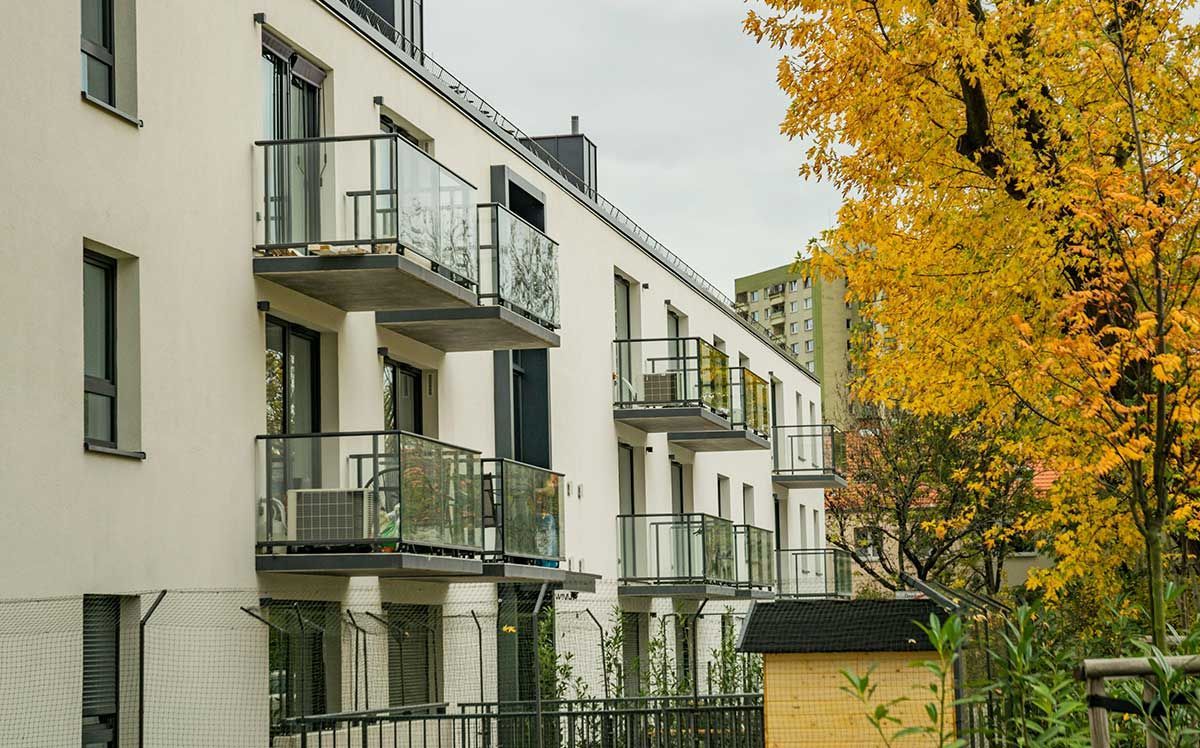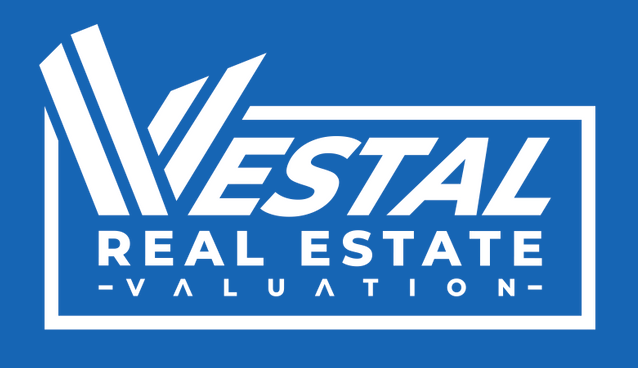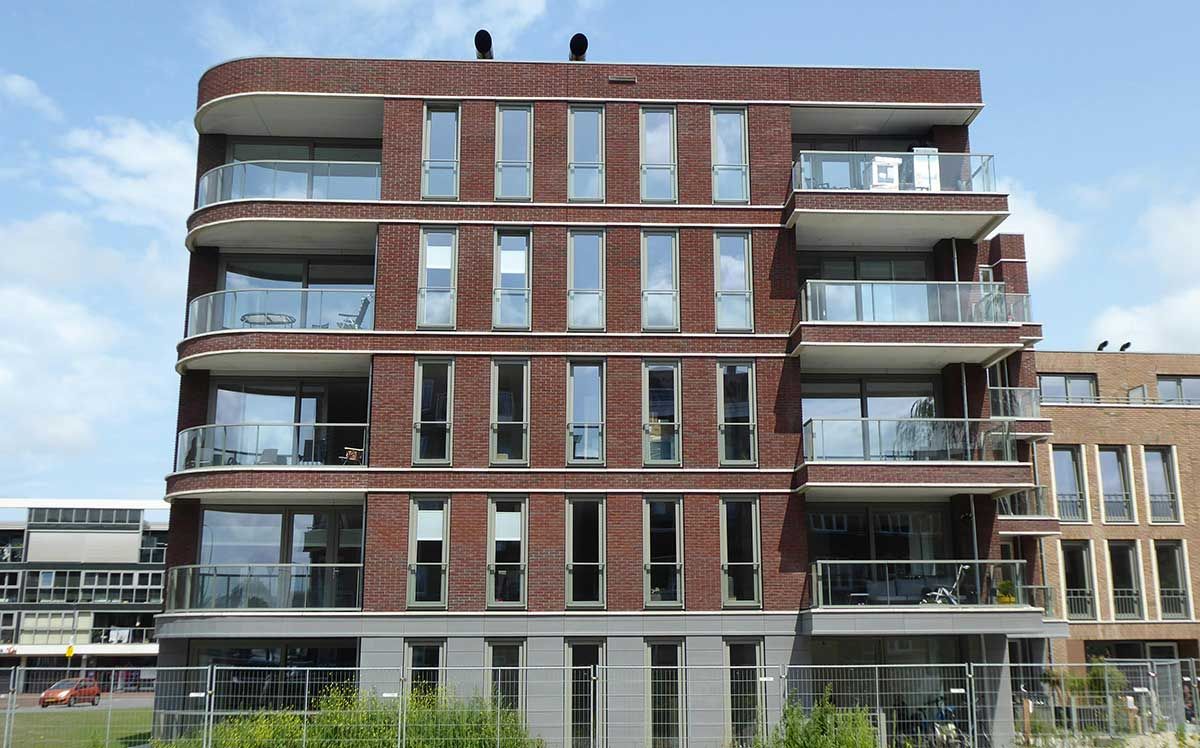Inside Commercial Real Estate: 2025 Trends Every Stakeholder Should Watch
As we move deeper into 2025, the commercial real estate (CRE) landscape is adjusting to a new normal. Not a crash, but a recalibration. While headwinds remain, select sectors are showing resilience, and the demand for defensible, audit-ready valuations has never been greater. Below are the trends we expect will define the remainder of the year, and why they should influence how lenders, municipalities, brokers, and investors think.
1. Industrial & Logistics Still in Demand
Industrial and logistics properties continue to draw capital, driven by ongoing e-commerce needs, supply chain reengineering, and distribution demand. However, growth is beginning to normalize. Even in strong markets, supply is catching up, and vacancy pressure is becoming more pronounced.
For those underwriting deals, the message is clear: don’t rely purely on momentum. Commercial appraisals must reflect local absorption trends, lease terms, expenses, and realistic vacancy assumptions. That’s how you keep valuations defensible, even in a cooling environment.
2. Multifamily and Retail Show Durability
Multifamily remains a foundational sector in CRE, supported by demographics and housing necessity. But high interest rates and rising operating costs are testing margins, especially for older or less efficiently managed properties.
Retail, which many thought would struggle further, is showing pockets of strength in necessity-based categories (grocery-anchored, service-oriented, essential retail). Still, retail assets that rely on discretionary foot traffic are vulnerable. In this environment, commercial appraisals with sensitivity analysis, i.e., testing downside scenarios, are becoming standard expectations from lenders and municipal review.
3. Office Will Continue to Polarize
The office sector is unlikely to rebound to pre-COVID numbers, but it’s not dead. The clear split between "winning” and "losing" properties is growing. Class A, well-located buildings with amenities may experience small rebounds in absorption and rent, while secondary offices struggle with structural vacancy.
The valuation defensibility of offices hinges on details, like lease rollover schedules, tenant credit, capitalization rate spread versus risk, and submarket dynamics. Municipalities and lenders will increasingly demand that commercial appraisals be backed by granular data, not broad assumptions.
4. Rising Costs & Inflation Are A Critical Undercurrent
Inflation and rising input costs (maintenance, labor, utilities) are squeezing net operating income (NOI) margins. At the same time, risk premiums and cap rates are under pressure. These dynamics mean that the delta between optimistic underwriting and conservative valuation is smaller than before.
A nuanced appraisal considers these pressures explicitly: i.e., stress-tested scenarios, capital expenditure reserves, and operating expense flexibility. When inflation is front of mind, clients expect that a commercial appraisal accounts for it thoroughly.
5. Environmental Risk, Resilience & ESG Integration
Climate and environmental risk are no longer peripheral issues; they’re valuation drivers. Flood risk, energy efficiency, regulatory compliance, and readiness for climate-related disruption all start to factor into long-term value.
Increasingly, banks and municipalities want to see that commercial appraisals incorporate resilience measures and ESG-adjusted inputs, not just the “classic” valuation factors. An appraiser who ignores those dimensions is leaving credibility on the table.
6. Public Sector & Municipal Collaboration Gains Importance
With budget constraints, cities and counties are becoming more open to creative partnerships,public-private developments, tax-increment financing, land-sharing, and value capture strategies. These models require valuation partners early in the process to preempt conflicts and ensure defensible assessments down the line.
The Implications for Valuation & Advisory Work
- Emphasize Compliance & Defensibility. In a market where assumptions are being scrutinized, every report must be audit-ready, well-documented, and transparent in methodology.
- Stress-Test & Sensitize. Commercial appraisals should include multiple scenarios, not just the “base case”,so clients (and reviewers) can see outcomes under stress.
- Deliver Decision Support, Not Just Value. Clients now expect more than a number. They want insight: sensitivity analyses, actionable recommendations, and forward-looking metrics.
- Integrate ESG & Resilience Thoughtfully. Environmental and climate risk will no longer be optional add-ons; they must be methodologically embedded.
- Engage Early in Municipal & Development Plans. Acting as a valuation advisor early prevents surprises later and establishes credibility in public sector projects.
At Vestal Real Estate Valuation, we’re committed to delivering precise, defensible commercial appraisals that reflect these market dynamics. If you're evaluating a multi-family, industrial, retail, office, or development project anywhere in Southern California, especially within a shifting risk environment, our team is ready to partner.




